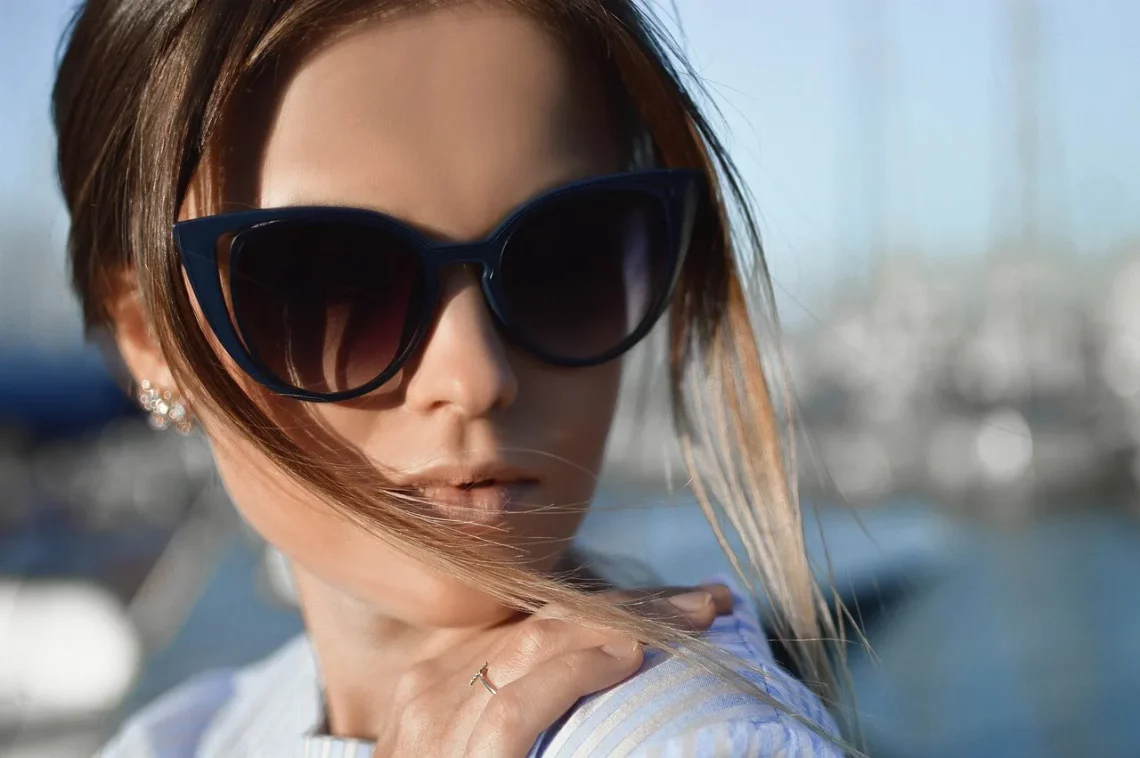
Fashion Showdown: Sex Appeal vs. No Sex Appeal Styles
Fashion has always been a powerful form of self-expression, allowing individuals to convey their personality, beliefs, and mood through their choices of clothing and accessories. In a world where personal style is as diverse as the people who inhabit it, the conversation around fashion frequently touches on the dichotomy between sex appeal and modesty. This debate often centers on how clothing can enhance or diminish one’s sensuality, with some styles celebrating the body and others opting for a more understated aesthetic.
As society evolves, so too does the interpretation of what is deemed attractive or appropriate. Cultural influences, social movements, and individual preferences play significant roles in shaping these perceptions. The emergence of various fashion subcultures has further complicated this conversation, leading to a rich tapestry of styles that can be both alluring and demure. The choice between sex appeal and no sex appeal styles is not merely about fabric and fit; it reflects deeper societal values and personal convictions.
Understanding the nuances of these fashion choices allows individuals to navigate their style journeys with confidence and intention. Whether one opts for bold, revealing outfits or chooses to embrace a more reserved approach, the underlying motivations and implications of these decisions are worth exploring.
The Allure of Sex Appeal in Fashion
Sex appeal in fashion is often associated with clothing that accentuates the body and highlights physical features. This can manifest in various ways, from form-fitting dresses to plunging necklines, sheer fabrics, and provocative cuts. Designers frequently draw inspiration from the concept of allure, creating garments that evoke desire and fascination.
One of the most significant aspects of sex appeal in fashion is the power it holds in transforming not just how others perceive an individual, but also how one perceives themselves. Wearing clothing that is deemed sexy can boost confidence and empower individuals to embrace their bodies. This phenomenon is especially prevalent in the realm of celebrity culture, where public figures often wear eye-catching outfits that challenge conventional standards of beauty and femininity.
However, the portrayal of sex appeal in fashion is not without its controversies. Critics argue that an overemphasis on sexuality can lead to objectification and reinforce harmful stereotypes. The fashion industry has begun to address these concerns by promoting body positivity and inclusivity, encouraging designers to create pieces that celebrate all body types and redefine what it means to be sexy.
Moreover, the concept of sex appeal varies across cultures and generations. What may be considered seductive in one context might not hold the same weight in another. This fluidity invites a broader discussion about the role of fashion in shaping societal norms and individual identities. Ultimately, sex appeal in fashion serves as both a reflection of societal values and a personal choice, allowing individuals to express their uniqueness while navigating the complexities of attractiveness.
The Rise of Modesty in Contemporary Fashion
In contrast to the allure of sex appeal, modest fashion has gained significant traction in recent years. This movement emphasizes clothing that offers more coverage and often incorporates loose silhouettes, longer hemlines, and layered outfits. The rise of modest fashion can be attributed to various factors, including religious beliefs, cultural values, and a growing desire for inclusivity within the fashion industry.
Modesty does not equate to a lack of style; instead, it presents a unique opportunity for creativity and innovation. Designers are increasingly recognizing that modest fashion can be just as fashionable and trendy as its more revealing counterparts. By using unique fabrics, bold colors, and intricate patterns, designers can create stunning pieces that appeal to a wide audience while still adhering to modest principles.
One of the driving forces behind the modest fashion movement is the desire for empowerment. Many individuals who choose modest clothing do so not out of obligation but as a personal expression of their values and beliefs. This choice often fosters a sense of community among those who share similar aesthetics, creating a supportive environment that celebrates diversity in fashion.
Furthermore, the modest fashion trend challenges traditional beauty standards by promoting self-acceptance and confidence. It encourages individuals to focus on their inner qualities rather than solely on their physical appearance. This shift in focus has led to a broader conversation about the importance of individuality in fashion and the need to embrace a variety of styles that resonate with personal beliefs and identities.
Finding Balance: The Intersection of Styles
As the fashion landscape continues to evolve, individuals are increasingly drawn to the idea of blending sex appeal with modesty. This intersection allows for a more personalized approach to style, where individuals can choose to highlight certain features while remaining true to their values. The concept of “modest sexy” has emerged, wherein clothing can be both alluring and respectful, creating an empowering blend of aesthetics.
For instance, a high-necked dress with strategic cutouts can create a captivating look that balances allure with elegance. Similarly, tailored trousers paired with a fitted top can exude sophistication while maintaining a sense of sensuality. This versatility enables individuals to express themselves in ways that feel authentic and comfortable, allowing them to navigate social situations with confidence.
Moreover, the blending of these styles reflects a broader societal shift towards acceptance and inclusivity. The fashion industry is becoming more aware of the diverse preferences and beliefs of its consumers, leading to a wider range of options that cater to various tastes. This evolution encourages individuals to experiment with their style, combining pieces from different categories to create a wardrobe that truly represents who they are.
Ultimately, the intersection of sex appeal and modesty in fashion presents an opportunity for self-discovery and creativity. By embracing the elements of both styles, individuals can curate looks that resonate with their identity, allowing them to feel empowered and confident in their choices.
Conclusion: Personal Expression Through Fashion Choices
In the ongoing debate between sex appeal and no sex appeal styles, it is essential to recognize the importance of personal expression. Fashion is a dynamic and ever-evolving medium that reflects individual identities, cultural values, and societal norms. Whether one gravitates towards revealing outfits or opts for a more modest approach, the key lies in understanding the motivations behind these choices.
Fashion serves as a canvas for individuals to explore their identities, challenge norms, and celebrate diversity. The conversation surrounding sex appeal and modesty encourages a more inclusive understanding of beauty, allowing everyone to find their unique style. Ultimately, the most crucial aspect of fashion is not whether it is sexy or modest, but how it empowers individuals to express themselves authentically.
In a world filled with diverse perspectives on style, the journey of self-expression through fashion remains a personal and transformative experience. Embracing this journey allows individuals to navigate their own paths with confidence and creativity, celebrating their uniqueness in a world that often seeks to define beauty in narrow terms.




